Team March 6, 2024
Celebrating Women in Limnology: Six influential women from over fifty years of IISD Experimental Lakes Area
By Sumeep Bath, Media and Communications Officer
As we look back on over 50 years of IISD Experimental Lakes Area, we are reminded of many of the researchers and scientists who have made the groundbreaking research possible—many of whom are influential female limnologists.
On International Women’s Day, let’s take a moment to celebrate the impact that female researchers have had on our understanding of issues such as acid rain, climate change, eutrophication and more—and those who are now pushing the world’s freshwater laboratory into a new era.
Here are just six of them.
Sandy Chalanchuk
During her time at IISD-ELA, from 1974 to 2016, Sandy worked on crucial experiments on eutrophication, acid rain, endocrine disruption and climate change. From working in the chemistry laboratory and establishing reference libraries of scientific papers, to being a fish technician and working out on the lakes, Sandy spanned the spectrum of limnology activities at the site, which made a significant contribution to freshwater science. And two of the trap nets she constructed are still being used out at the site to this day!
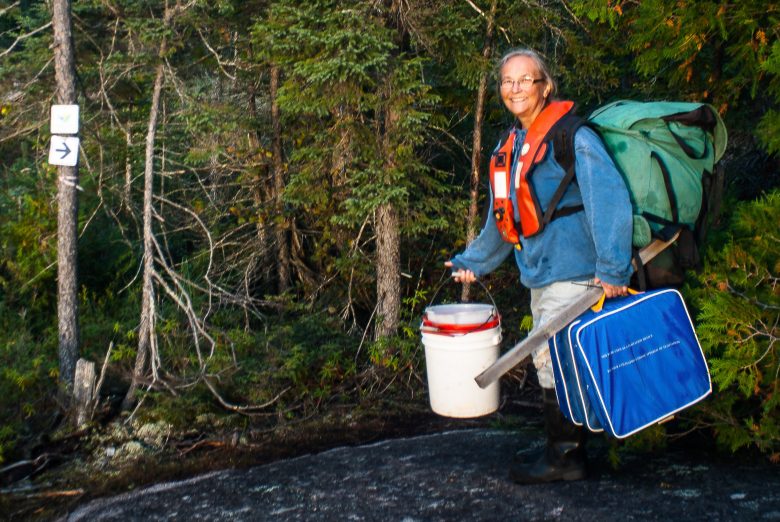
During her time at IISD-ELA, from 1974 to 2016, Sandy worked on crucial experiments on eutrophication, acid rain, endocrine disruption and climate change.
She remembers that working at the camp back in the early 1970s was quite a different affair to working there now. “That first fall, we went out to Lake 223 in late afternoons to gillnet for lake trout and white sucker. We worked until midnight most nights, so I had to sample by Coleman lantern. We never had the luxury of tables, chairs, headlamps, etc., so I did all this on my knees on a patch of sand, near the water, by lantern light. Dinner was usually a cold, congealed or partly frozen sandwich (and a chocolate bar, which was a special treat from the cook!). Travelling back to camp in the dark meant negotiating three portages and four lakes with only the occasional light from a small flashlight for the trails and ambient light or the light of the moon for the lake travel. Clothing and boots were not the streamlined, warm, moisture-wicking technical items available now. Instead, I wore multiple bulky layers under parkas sized for bigger people and big felt-lined 5-buckle rubber boots that were, needless to say, clumsy and ungainly, but kept my feet dry.”
“There were lots of good times and lots of challenging times,” said Sandy. “We survived two major forest fires, lightning, snow storms and long, long days in the field—there are enough stories to fill a book! Suffice it to say, working at ELA changed my life forever, for the best. I had a great career in a fabulous locale. I met my soulmate and husband at ELA and our son grew up there. Along the way, I met hundreds of interesting people, including the ones there now, who are certainly going to continue to provide the science that will benefit our country and the world.”
Suffice it to say, working at ELA changed my life forever, for the best. I had a great career in a fabulous locale. I met my soulmate and husband at ELA and our son grew up there. Along the way, I met hundreds of interesting people, including the ones there now, who are certainly going to continue to provide the science that will benefit our country and the world.
Pauline Gerrard
Pauline Gerrard is the current deputy director of IISD Experimental Lakes Area. She first became acquainted with the site in 1993, when she worked as a summer student on a project that involved mimicking flooding from a hydroelectric dam to explore the effects on methylmercury and greenhouse gas production.
“Working at IISD Experimental Lakes Area definitely changed my life. I was inspired by the integrated approach to understanding human impacts on the environment. I loved that we were each trying to understand a piece of the puzzle and then brought them all together to look at the big picture.”
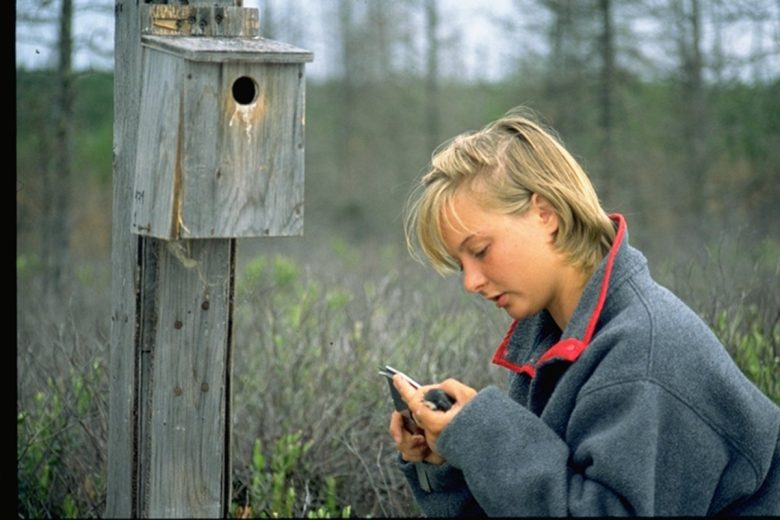
Pauline Gerrard first came to work at the site in 1993 as a graduate student. She is now the deputy director and leads our education and outreach programming.
As luck would have it, over 20 years later she was able to return when her employer, the International Institute for Sustainable Development, took over operation of the site. Pauline has built up the education and outreach programming at IISD-ELA from scratch—a core focus for the new era of the site. Thanks to her mammoth efforts, we now welcome hundreds of high school students, members of local communities and First Nations through our metaphorical doors every year, teaching them about the unique freshwater science we do and why it matters.
“Twenty years later, I realize that IISD Experimental Lakes Area inspired me to continue with a career in science and I hope through our outreach work we can inspire the next generation of ecologists, biologists and limnologists here in Canada and around the world.”
“Working at IISD Experimental Lakes Area definitely changed my life. I was inspired by the integrated approach to understanding human impacts on the environment. I loved that we were each trying to understand a piece of the puzzle and then brought them all together to look at the big picture.”
Carol Kelly
“As a graduate student at the University of Michigan, I noticed that all the best papers on lakes were coming out of a place called the Experimental Lakes Area and decided that that was the place to go!”
Carol Kelly came to work at the site in 1978 and spent much of the 1980s working on our pioneering experiment to mimic and explore the impacts of acid rain. In the 1990s she co-ran a project that flooded wetlands and proved that, contrary to the idea that electrical generation by reservoirs does not contribute to greenhouse gas production, flooding a peatland is a very bad choice for greenhouse gas emissions. “This was the most politically controversial project I had done, and it raised my consciousness about the necessity for impartial science to function in society,” said Kelly.
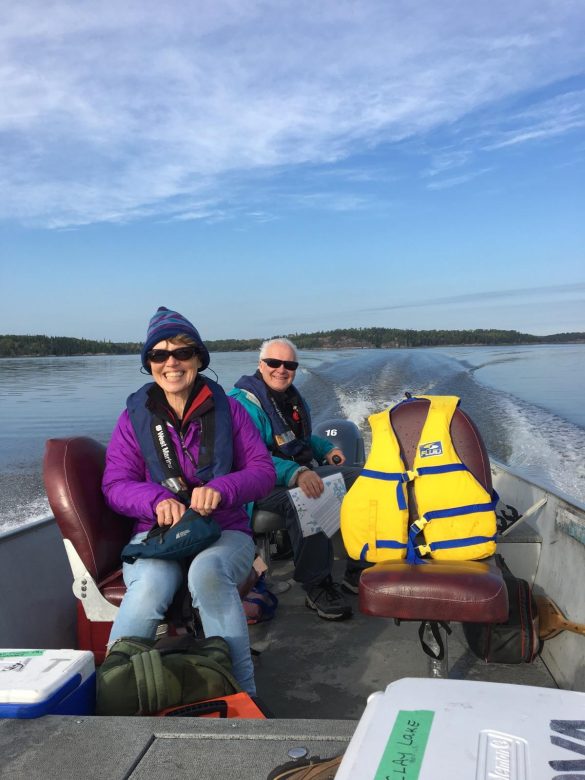
In 2009, along with her husband, John Rudd, Carol Kelly won the Frank Rigler Award from the Society of Canadian Limnologists. This is the highest honour of the SCL and recognizes “aquatic scientists with a proven record of contribution to the field of aquatic sciences, whose work is widely recognized for its influence and importance.”
In 2000 she started to work on the METAALICUS project, which explored how fish populations are affected by introducing mercury, and then how well they recovered after the mercury stopped being added.
This was the most politically controversial project I had done, and it raised my consciousness about the necessity for impartial science to function in society.
In 2009, along with her husband, John Rudd, she won the Frank Rigler Award from the Society of Canadian Limnologists (SCL). This is the highest honour of the SCL and recognizes “aquatic scientists with a proven record of contribution to the field of aquatic sciences, whose work is widely recognized for its influence and importance.”
Karen Kidd
Karen Kidd led a highly cited and well-received study on the impact of synthetic estrogen on fish populations. From 1999 to 2010 the study explored how synthetic estrogen (used in the birth control pill) affected the sustainability of fish populations and other food web organisms.
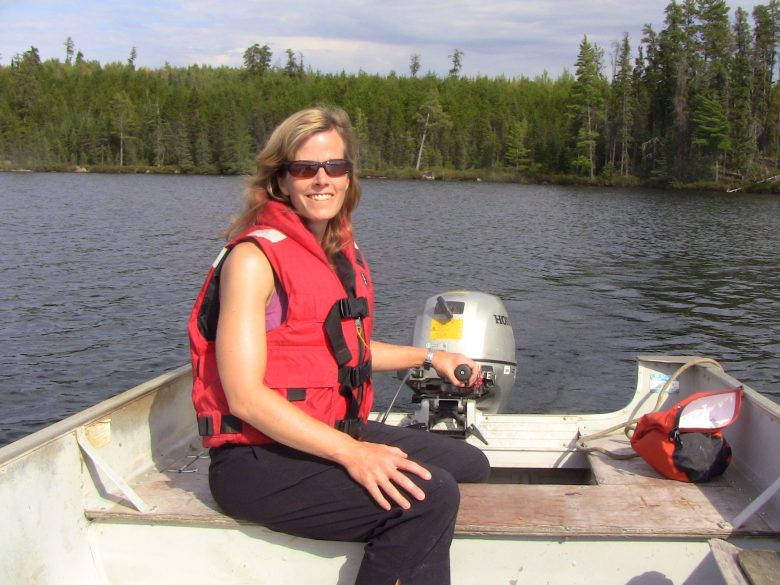
Karen Kidd is currently a professor and the Stephen A. Jarislowsky Chair in Environment and Health at McMaster University in Hamilton, Canada.
In addition, she has also supervised many graduate students and summer field assistants over the years at IISD-ELA, and is a professor and current Stephen A. Jarislowsky Chair in Environment and Health at McMaster University. She is also a valued member of the IISD-ELA Research Advisory Board.
Diane Malley
Diane Malley first started working at IISD Experimental Lakes Area in 1975 when she joined Fisheries and Oceans Canada, working under the direction of Dr. David Schindler. Her early work involved the identification of zooplankton species in a series of lakes and exploring the impact of acid rain on freshwater populations.
In 1991 Diane was instrumental in pioneering the use of near-infrared spectroscopy (NIRS) for the analysis of lake waters and their associated sediments. A chemical-free and quick-to-use physio-chemical method of analysis, the first applications of NIRS at IISD-ELA were used to determine the presence of carbon, carbonates, nitrogen and phosphorus in the lake waters and their sediments. This practice then expanded to the determination of heavy metals, including cadmium, in lake sediments—previously believed to be impossible until she introduced the use of principal components and partial least squares analysis.
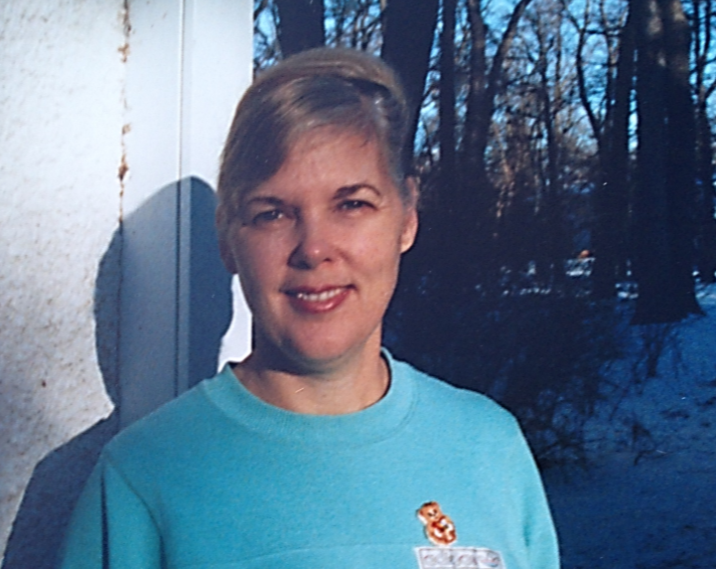
Diane was instrumental in pioneering the use of near-infrared spectroscopy—a chemical-free and quick-to-use physico-chemical method of analysis—for lake waters and their associated sediments.
Diane Orihel
Diane Orihel is a significant figure in the history of IISD Experimental Lakes Area, both in terms of its ground-breaking science and its continued survival and prosperity. Once named “Lady of the Lakes” by Nature magazine, she started at the site back in early 2000s and has worked on experiments exploring the impact of pollutants such as mercury and flame retardants.
She was also a leading figure in the fight to save the site after its slated shuttering in 2013, campaigning online, speaking with the politicians, press and the public—all as part of the Coalition to Save ELA she helped found. She is currently leading a study to understand the environmental fate and effects of diluted bitumen in fresh water at IISD-ELA and is also a professor at Queen’s University, where she enjoys a reputation as one of Canada’s leading young aquatic ecotoxicologists.
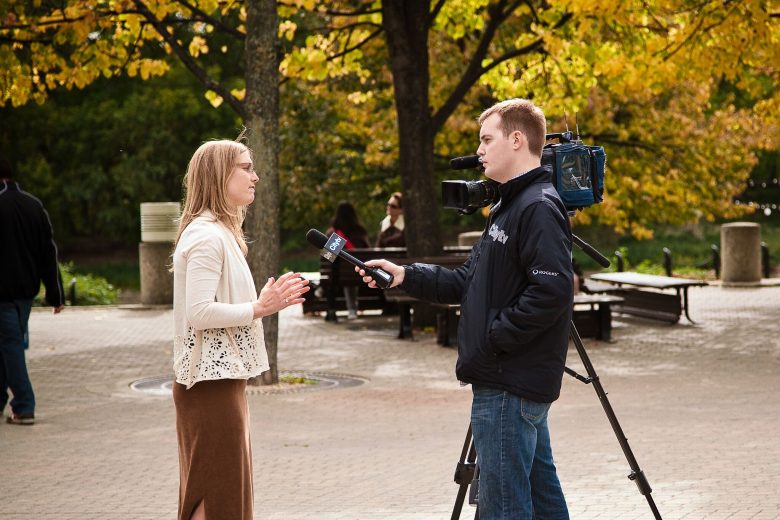
Diane was a leading figure in the fight to save the site after its slated shuttering in 2013, campaigning online, speaking with the politicians, press and the public—all as part of the Coalition to Save ELA she helped found.